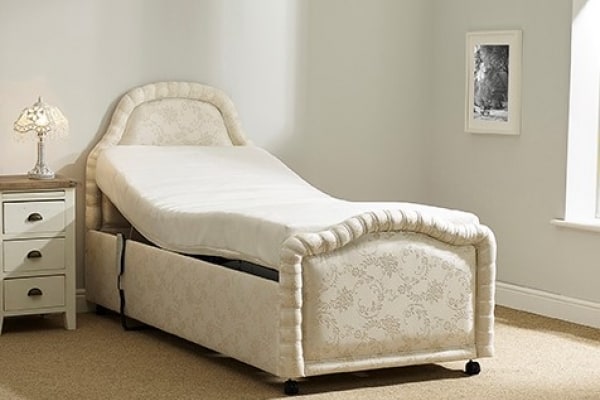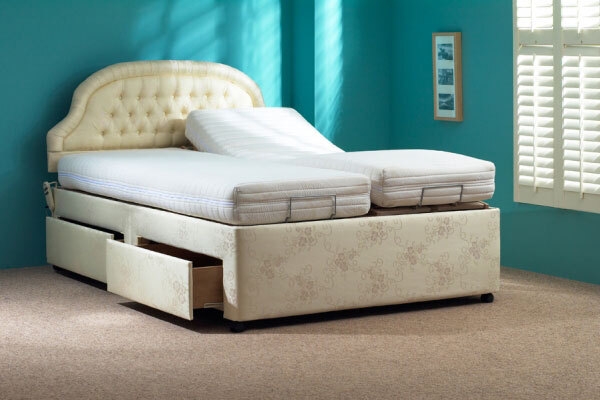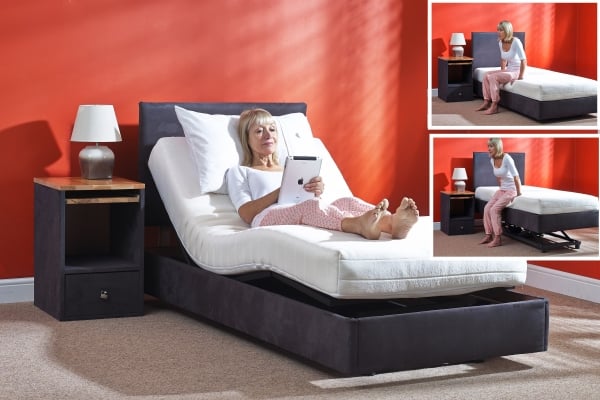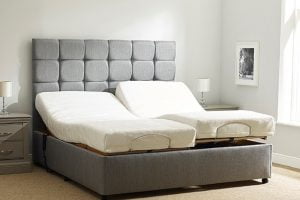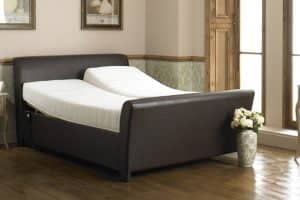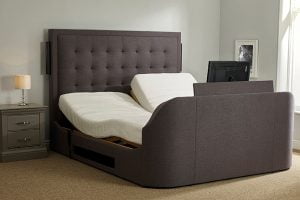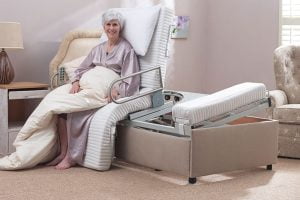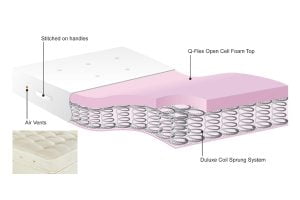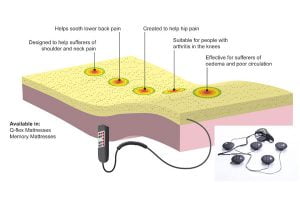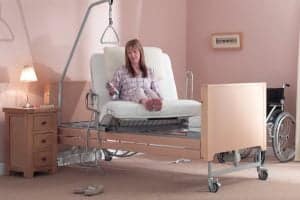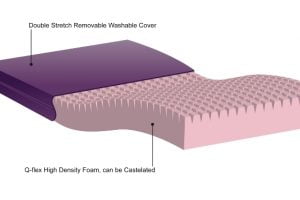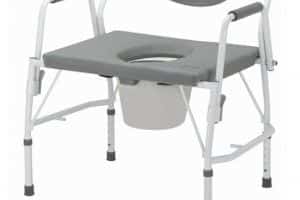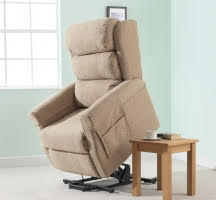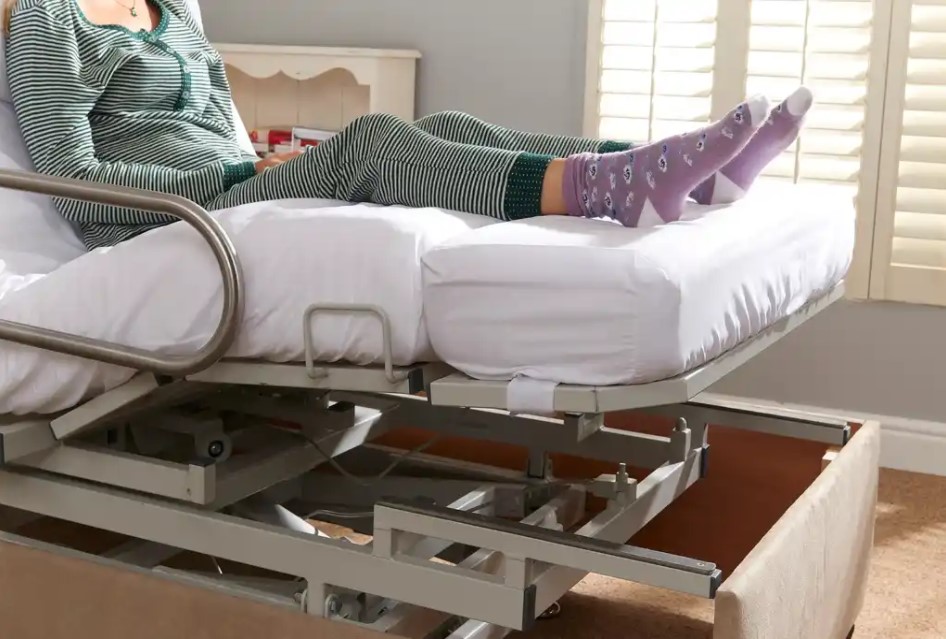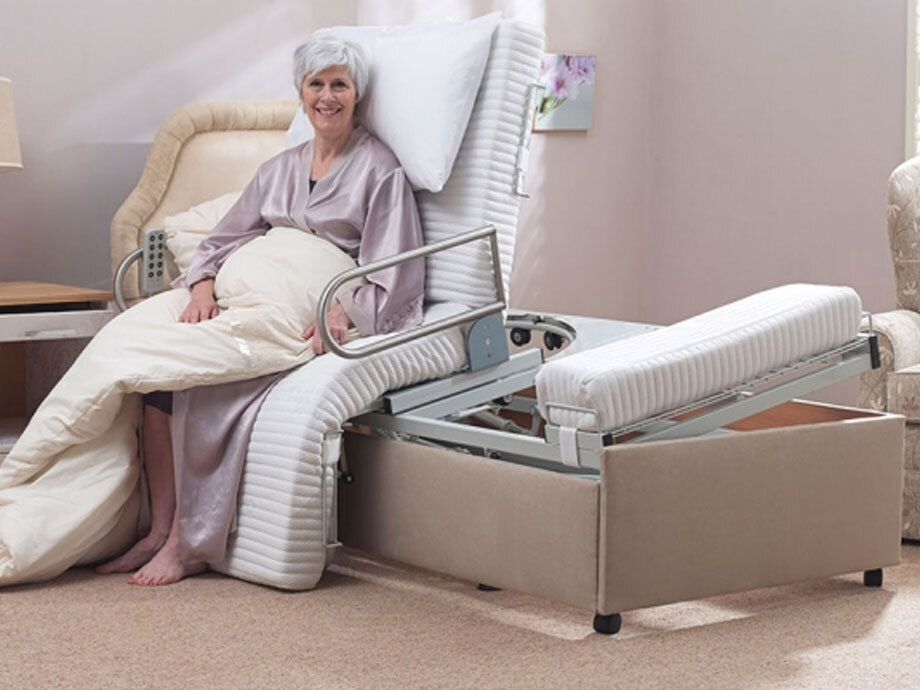Overall, occupational therapists play a vital role in helping individuals of all ages and abilities overcome challenges, maximise independence, and improve their overall quality of life by enabling engagement in meaningful occupations.
Assessment and Evaluation
Occupational therapists evaluate a person's physical, cognitive, psychological, and social abilities to understand their strengths, limitations, and specific needs. They conduct assessments to identify barriers to participation in daily activities and occupations.
Treatment Planning
Based on the assessment results, occupational therapists develop personalised treatment plans tailored to the individual's goals and needs. These plans may include interventions to enhance physical skills, cognitive abilities, sensory processing, emotional well-being, and social skills.
Rehabilitation and Intervention
Occupational therapists provide interventions and therapies to help individuals regain, develop, or adapt skills necessary for daily activities. They may use various techniques, exercises, adaptive equipment, and environmental modifications to promote independence and functional abilities.
Adaptive Strategies and Equipment
Occupational therapists recommend and guide the use of adaptive strategies, assistive devices, and equipment to assist individuals in overcoming challenges and maximising their independence. This may include advising and facilitating mobility aids, ergonomic workstations, or specialised tools.
Environmental Modifications
Occupational therapists assess and recommend modifications to the physical environment, such as the home or workplace, to improve accessibility, safety, and usability. They may suggest lighting, layout, or equipment placement changes to enhance independence and participation.
Why choose Laybrook?
The turning bed from Laybrook addresses three problems that OTs consider during environmental assessment modifications, adaptive strategies, and rehabilitation intervention.
When considering why an occupational therapist may recommend the turning bed product from Laybrook, the following reasons come to mind:
Pressure Injury Prevention:
The turning bed from Laybrook's key focus is to address the issue of prolonged immobility, which can lead to pressure injuries in bedridden or immobile individuals. The bed's rotating function allows for automated repositioning, redistributing pressure and reducing the risk of pressure ulcers or bedsores. By recommending this bed, an occupational therapist can help promote better skin health and prevent the development of pressure injuries.
Enhanced Patient Comfort:
The Laybrook turning bed offers flexible positioning options beyond standard adjustable beds. It allows individuals to be moved from side to side, helping them find a comfortable and supportive position. This flexibility can be particularly beneficial for patients with limited mobility or those requiring repositioning assistance. An occupational therapist can help improve patient comfort and well-being by recommending the turning bed.
Assistive Technology for Caregivers:
The turning bed from Laybrook is assistive technology for caregivers, making repositioning patients more manageable and efficient. The bed's automated turning function reduces the physical strain on caregivers, minimising the risk of injuries associated with manual patient handling. This helps caregivers provide better care while protecting their well-being. Occupational therapists may recommend this bed to enhance the caregiving experience and reduce the risk of caregiver burnout.
Rehabilitation and Therapy Support:
The turning bed can be beneficial for individuals undergoing rehabilitation or therapy. It provides a controlled, flexible environment for exercises, transfers, and therapy sessions. Quickly repositioning patients can facilitate therapy interventions and support functional recovery. An occupational therapist can enhance rehabilitation and optimise therapy sessions by recommending the turning bed.
Improved Independence and QWhy uality of Life:
The turning bed's ability to automate repositioning can promote greater independence for individuals with limited mobility. It reduces the need for constant assistance and allows individuals to control their positioning with minimal effort. This increased independence can positively impact individuals' overall quality of life and sense of autonomy. Occupational therapists may recommend the turning bed to enhance independence and improve the daily living experience for their patients.
It's important to note that the appropriateness of the turning bed may depend on individual needs and circumstances. Occupational therapists consider various factors when recommending assistive products, and a thorough assessment of the patient's specific requirements is necessary before making any recommendations.
